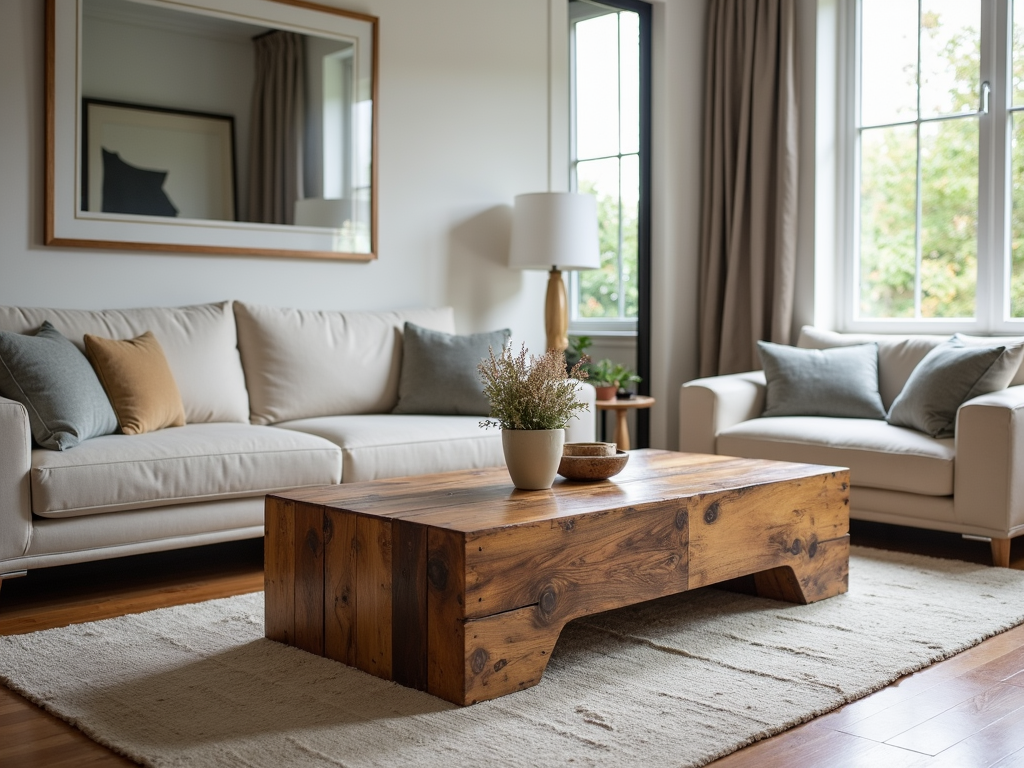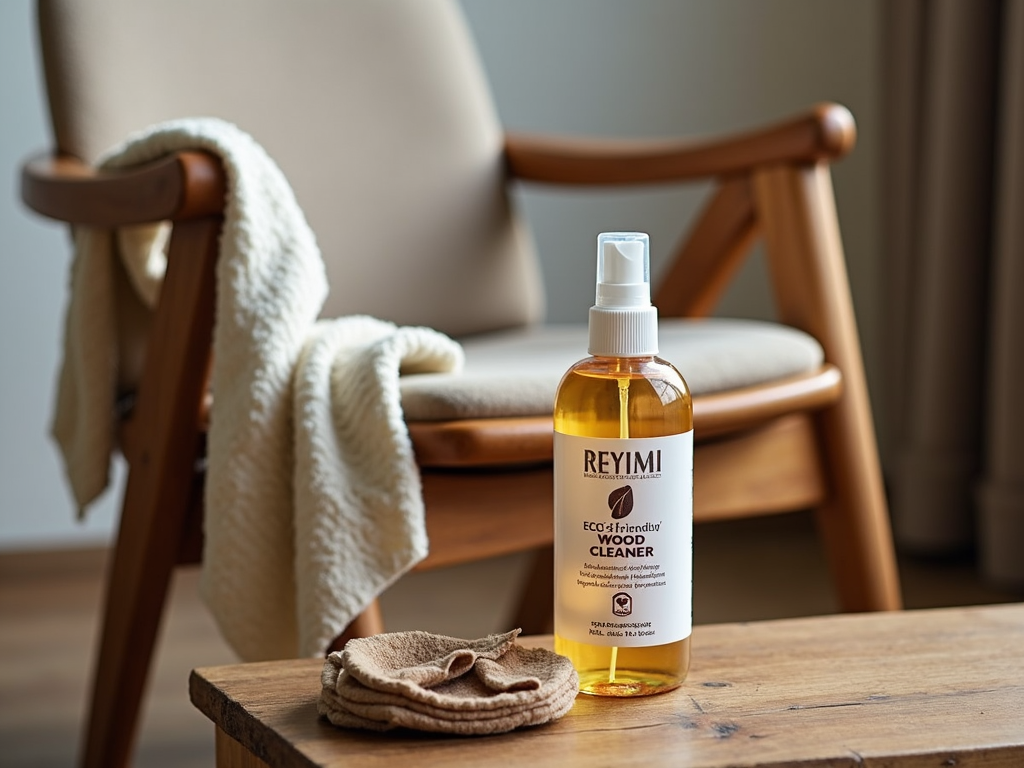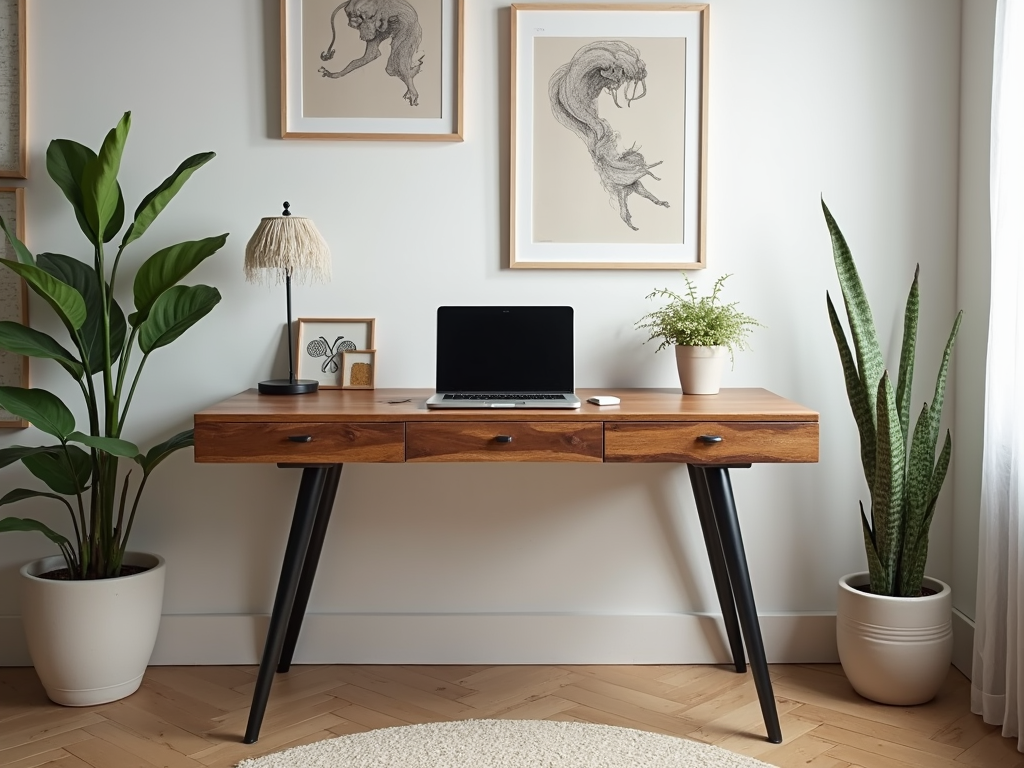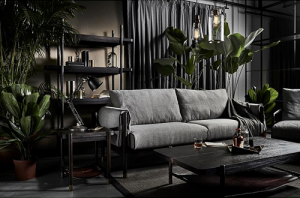Featured Post
How to Care for Your Reclaimed Wood Furniture: A Comprehensive Guide
Reclaimed wood furniture brings a unique blend of history, sustainability, and style to your home. Sourced from old barns, factories, or homes, this wood tells a story through its knots and weathered grain. But to keep it beautiful and functional, you need to care for it properly. This guide covers everything you need to know about maintaining your reclaimed wood furniture, from simple cleaning tips to eco-friendly practices.

The Benefits of Reclaimed Wood Furniture
Why choose reclaimed wood furniture? It’s more than just a trend—it’s a smart, sustainable choice. Here’s what makes it special:
- Eco-Friendly: Using salvaged wood cuts down on deforestation. It gives old materials a new life instead of harvesting fresh trees.
- Long-Lasting: Old-growth wood from decades past is often stronger and denser than new wood, making your furniture tough and durable.
- One-of-a-Kind Look: Every piece has its own marks, like nail holes or weathered patches, adding personality you won’t find in mass-produced items.
- Versatile Style: It fits anywhere—rustic cabins or sleek modern apartments.
I’ve seen this firsthand with my own reclaimed wood coffee table. Its imperfections make it a conversation starter, and knowing it’s sustainable feels good. Want to dig deeper into its environmental perks? Check out this EPA study on sustainable materials.

How to Care for Your Reclaimed Wood Furniture
Caring for reclaimed wood furniture isn’t hard, but it does take some attention. Here’s how to keep it in top shape:
- Dust Weekly: Use a soft, dry cloth to wipe away dust. It builds up fast and can dull the wood’s natural glow.
- Wipe Spills Fast: Water can warp or stain reclaimed wood. Grab a dry cloth and clean up spills right away—don’t let them sit.
- Polish Gently: A little wood polish or wax keeps it shiny. Rub it in with the grain using a soft cloth, but don’t overdo it.
- Prevent Scratches: Put felt pads under vases or lamps. Dragging stuff across the surface is a no-go.
- Watch Humidity: Too much moisture or dryness can crack the wood. Keep your home’s humidity steady with a humidifier if needed.
I learned the spill lesson the hard way when a glass of water left a ring on my table. Quick action saved it! For more tips, see this Forest Stewardship Council guide.

Eco-Friendly Care Practices
Since reclaimed wood furniture is all about sustainability, why not care for it the same way? Here’s how:
- Go Natural: Skip harsh chemicals. Mix vinegar and olive oil for a simple, effective cleaner that’s kind to the planet.
- Use Green Polishes: Beeswax-based polishes work great and don’t pollute. They’re gentle on the wood too.
- Cut Waste: Use a reusable cloth instead of paper towels. It’s a small switch that adds up.
I started using a homemade cleaner on my furniture, and it’s been a game-changer—shiny wood, no guilt. For more green ideas, check out Greenpeace’s sustainable living tips.

Innovative Cabinet Furniture Concepts
Reclaimed wood shines in cabinet designs too. These pieces mix practicality with rustic flair. Think about:
- Handcrafted Details: Carvings or visible joints show off the maker’s skill.
- Mixed Materials: Pairing wood with metal or glass gives a fresh, modern twist.
- Custom Fits: Cabinets built for your space, like a kitchen nook or bathroom corner.
I once saw a reclaimed wood cabinet at a friend’s place—its weathered look made the whole room feel cozy yet stylish. It’s amazing how a simple cabinet can transform a space. Curious about sustainable designs? Read this article on furniture innovation.

Eco-Friendly Furniture Design: Trends and Tips
Eco-friendly furniture is booming, and reclaimed wood is leading the charge. Here’s what’s hot:
- Simple Shapes: Clean lines let the wood’s natural beauty stand out.
- Multi-Use Pieces: Think desks that double as shelves—less clutter, more function.
- Local Makers: Buying nearby cuts shipping emissions and supports your community.
When I shopped for my desk, I picked one with an FSC label—proof it’s responsibly made. Trends like these make going green stylish and easy. Learn more from this WWF report on sustainable design.

Summary
Reclaimed wood furniture is a win for style and the planet, but it needs care to stay stunning. Dust it regularly, clean spills fast, and use natural products to keep it shining. Whether it’s a table or a cabinet, proper care keeps it around for years. Plus, embracing trends like eco-friendly design makes your home even better.









